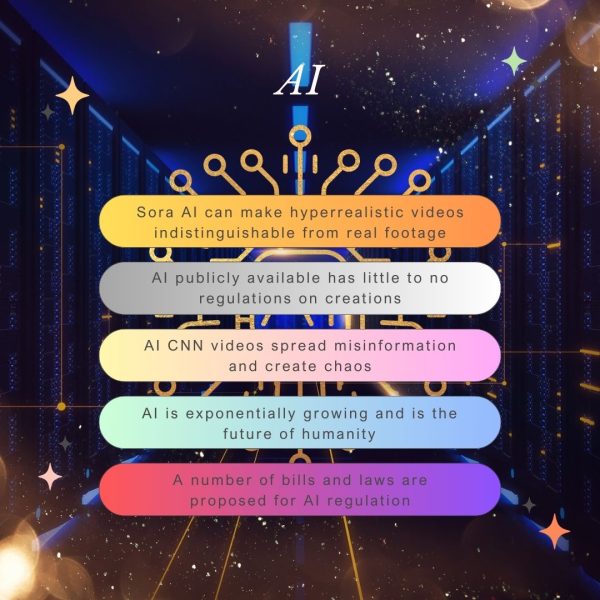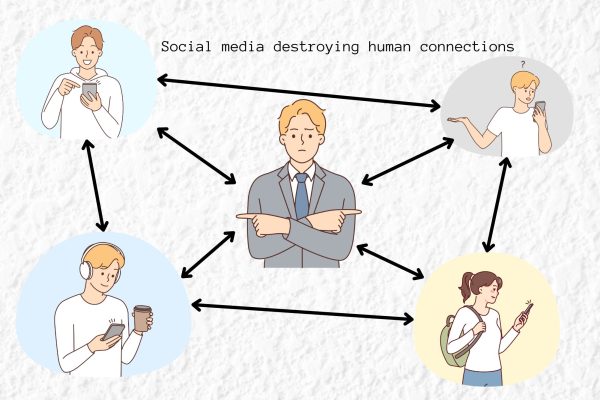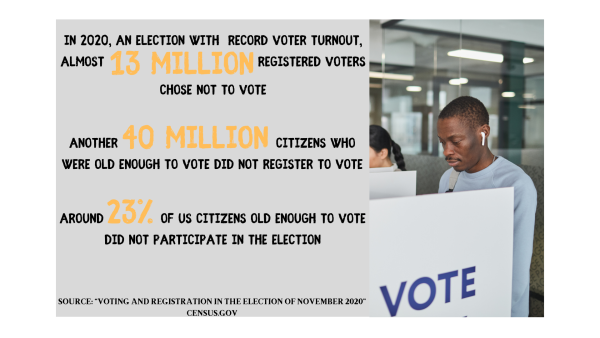The Commercialization of Valentine’s Day
People celebrate Valentine’s Day on Feb. 14 by exchanging cards and gifts to people they love. Lately, it has become more commercialized as the price of cards has increased, making $19.7 billion profit (according to statistics from 2016).
February 10, 2023
*The opinions expressed within the content are solely the author’s and do not reflect the website’s or its affiliates’ opinions and beliefs.*
Valentine’s Day traditions on Feb. 14 are practiced by people all around the world to celebrate their loved ones. The holiday originated in early Christian and Roman romantic traditions. However, in more recent years the emphasis of the event has deviated from an expression of love, turning Valentine’s Day into a commercialized occasion.
Though it is still unclear where Valentine’s Day first appeared, many people believe the day was invented by the Romans to honor St. Valentine of Terni following his passing. Some individuals believe that the feast day falls in the middle of February to coincide with the Lupercalia holiday. The Romans in antiquity observed Lupercalia on Feb. 15 each year. The celebration, which goes back to the sixth century B.C., involved animal sacrifices and matchmaking to ward off evil spirits and sterility. Men chose ladies to be their companions for the length of the feast.
During the third century, St. Valentine secretly wed Christians, earning him the title of the Patron Saint of Lovers. He was later executed by the Romans on Feb. 14. Before his death, St. Valentine prefaced a letter with “Your Valentine.” Taking after the gesture, many people today sign their Valentine’s Day letters with the same closing.
Valentine’s Day honors romance now it did not do so until the fourteenth century. The sixteenth century saw a rise in the use of printed cards and love notes. Typically, these cards feature images of Cupid, hearts or other Valentine’s Day decorations.
To mark the occasion, people offer gifts to their loved ones, friends and partners all around the world. Flowers, chocolates and jewelry are common gifts. Valentine’s Day is one of the world’s most commercialized holidays as a result of the rise in material spending. Analysts estimate that $19.7 billion was spent on Valentine’s Day in 2016 and that $1.1 billion of that amount was spent on cards.
“Following the new year, stores start to put out products that influence people to indulge in commercialized spending,” sophomore Camila Gonzalez said.
Shoppers frequently spend more money on gifts for their loved ones because Valentine’s Day only occurs once a year. The typical person spent $60 more in 2022 than they did in 2012. Many feel under pressure to purchase pricey gifts, which adds to Valentine’s Day’s commercialization.
“Valentine’s Day projects the idea that spending money is the only way to articulate your feelings towards your loved ones, instilling the idea from an early age,” sophomore Melissa Almeida said.
Society’s standards often succeed because they start at an early age, as conditioning typically starts during the developmental stages of elementary school. For Valentine’s Day, students at schools make cards with drawings of hearts for their parents and caregivers. There are Valentine’s Day gatherings filled with treats and presents in the shape of hearts. As a result, Valentine’s Day is taught to young children as a fact of life rather than as a time to critically examine the consumer culture that a capitalist society forces upon them. Children are unable to challenge Valentine’s Day, thus it becomes embedded in their minds as an ordinary aspect of life.
Unfortunately, kids are taught that to show someone you care about them and are in love with them, you should buy them something. While this appeals to our innate want to be loved and valued, it has also equated affection with consuming things that must be bought.
This implies that if they do not receive anything then they are less worthy. It also teaches children that love can be purchased and that they must spend money to show someone they love them.
Now, the expense of a Valentine’s gift takes precedence over the thought that went into it and this rarely receives criticism.
Although, if Valentine’s Day is still seen as a celebration of love and passion towards loved ones, then why would it matter if companies make a profit on people’s wants to give gifts? Just because the holiday has begun to shift towards a capitalistic society does not mean that it shouldn’t be celebrated as a time of love and appreciation. Having a capitalistic mindset behind a celebration is a bad direction to head in as it projects the idea that love should and can be bought.
Under the pretense of Valentine’s Day, capitalism has weaponized love, one of peoples’ greatest needs, for financial gain and advantage. People should shift their focus on what love means during this holiday season, as materialistic items with no meaning only feed into the pockets of people selling such products. This Valentine’s Day, I encourage you to focus on what would make you and your loved ones feel truly appreciated. Gifts do not have to be extravagant or expensive to be meaningful.















